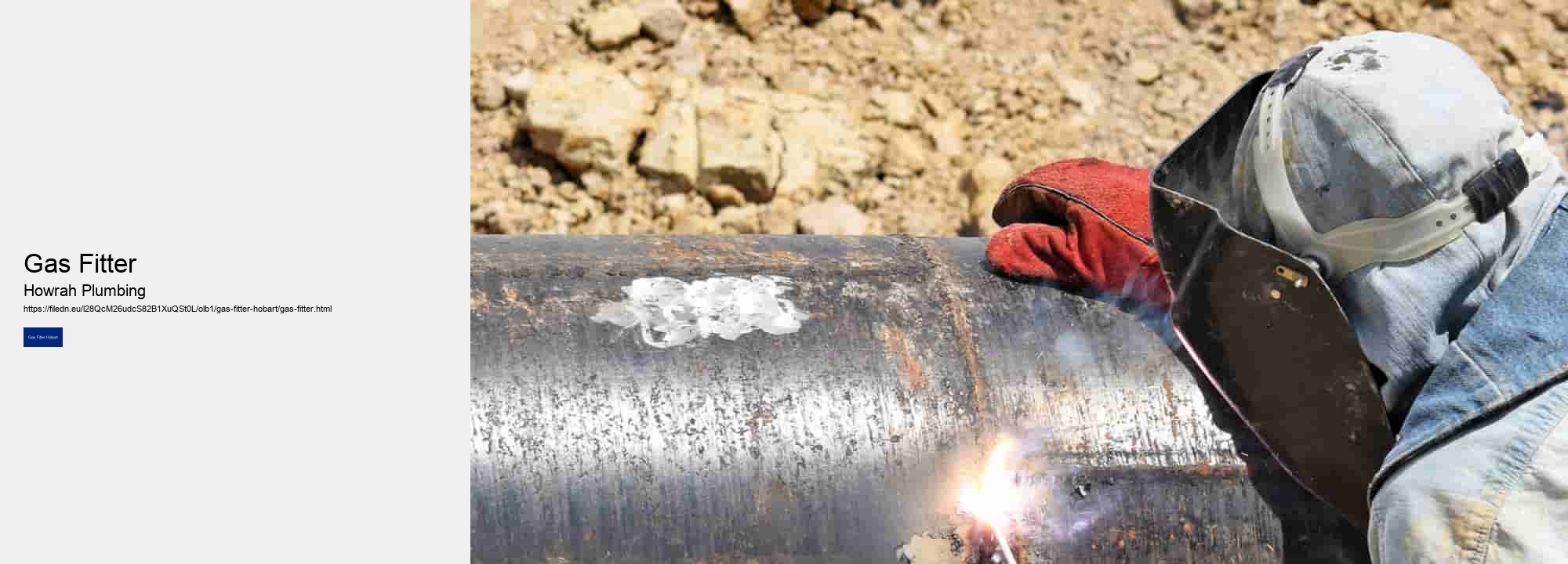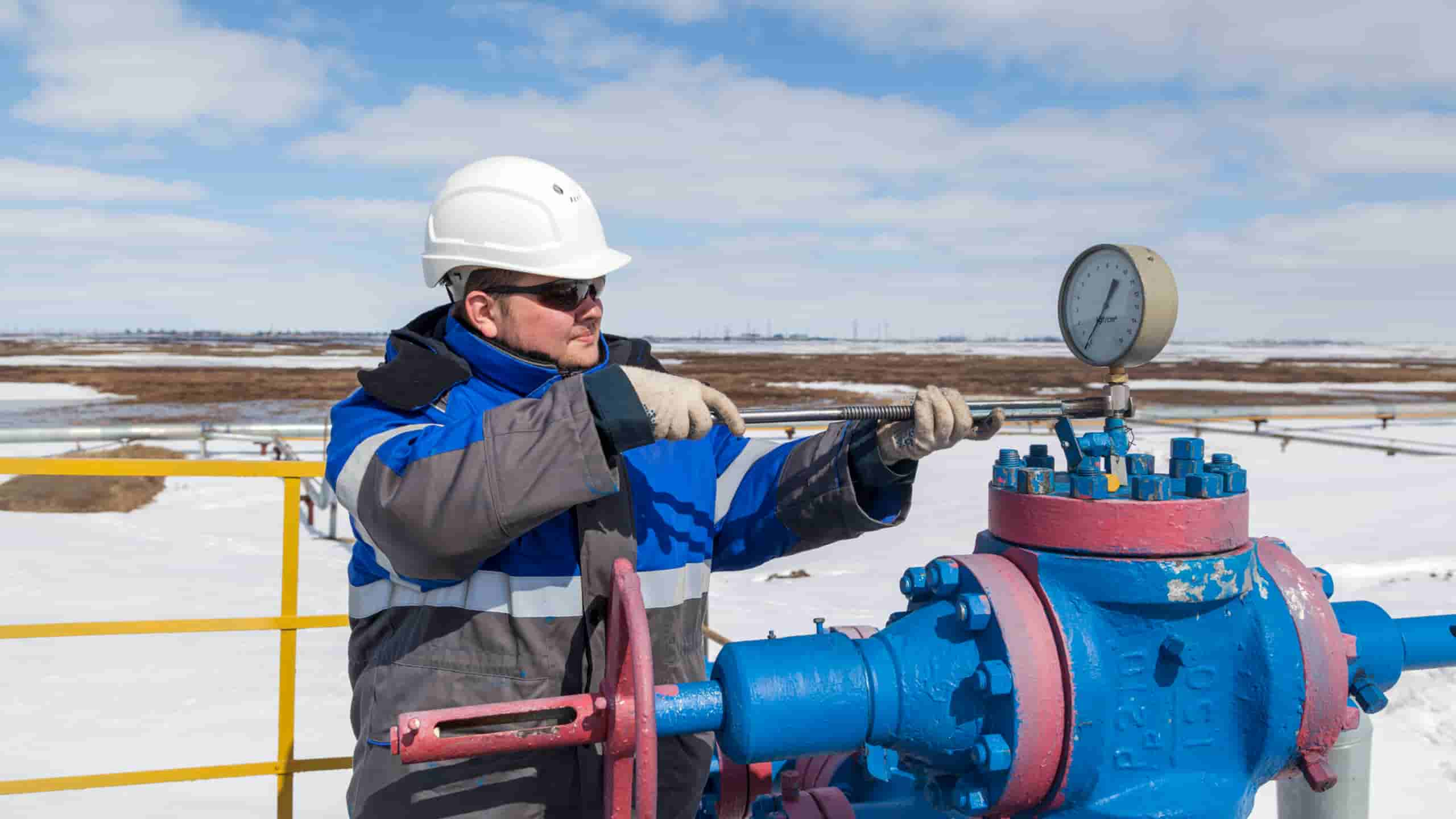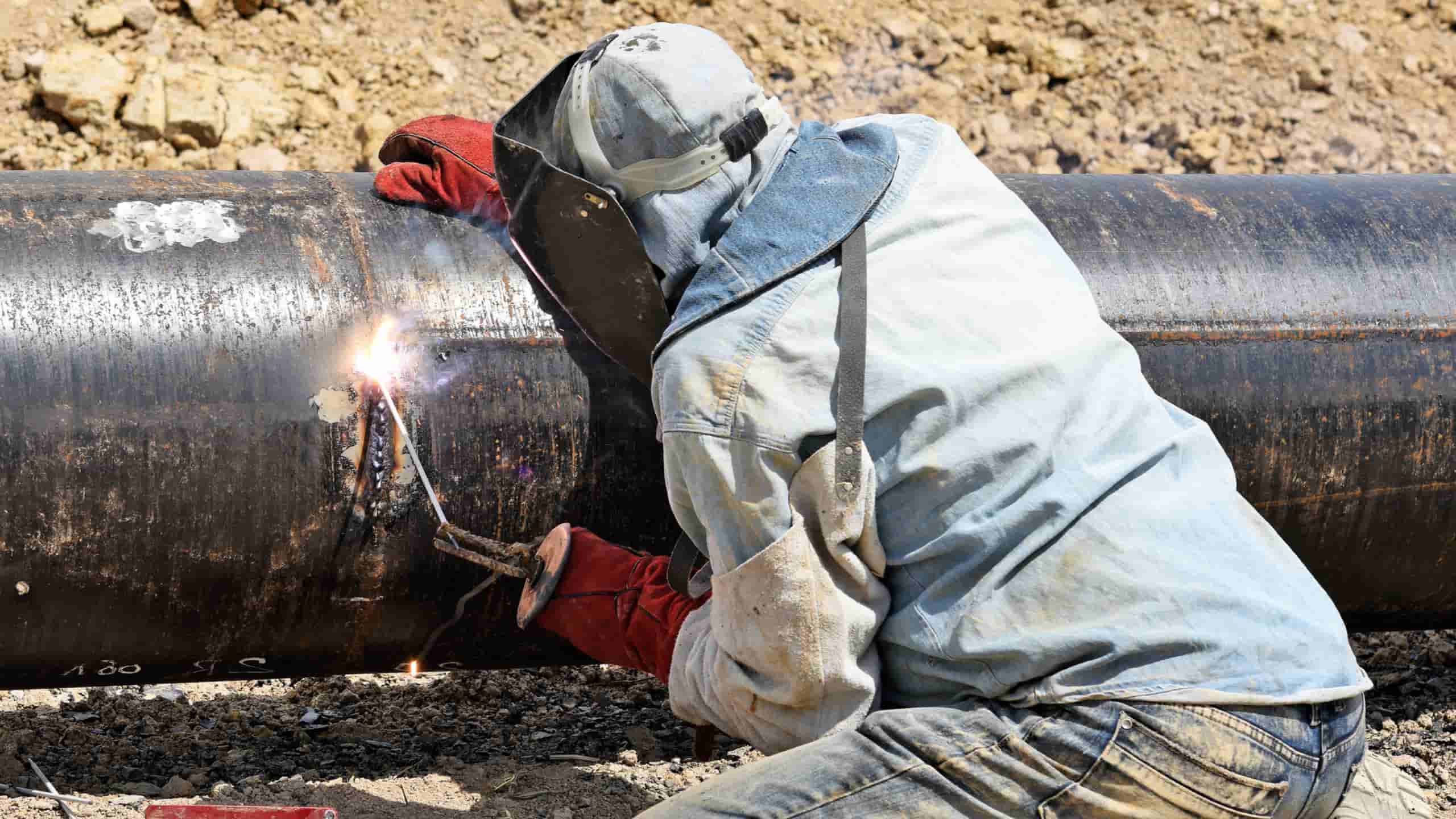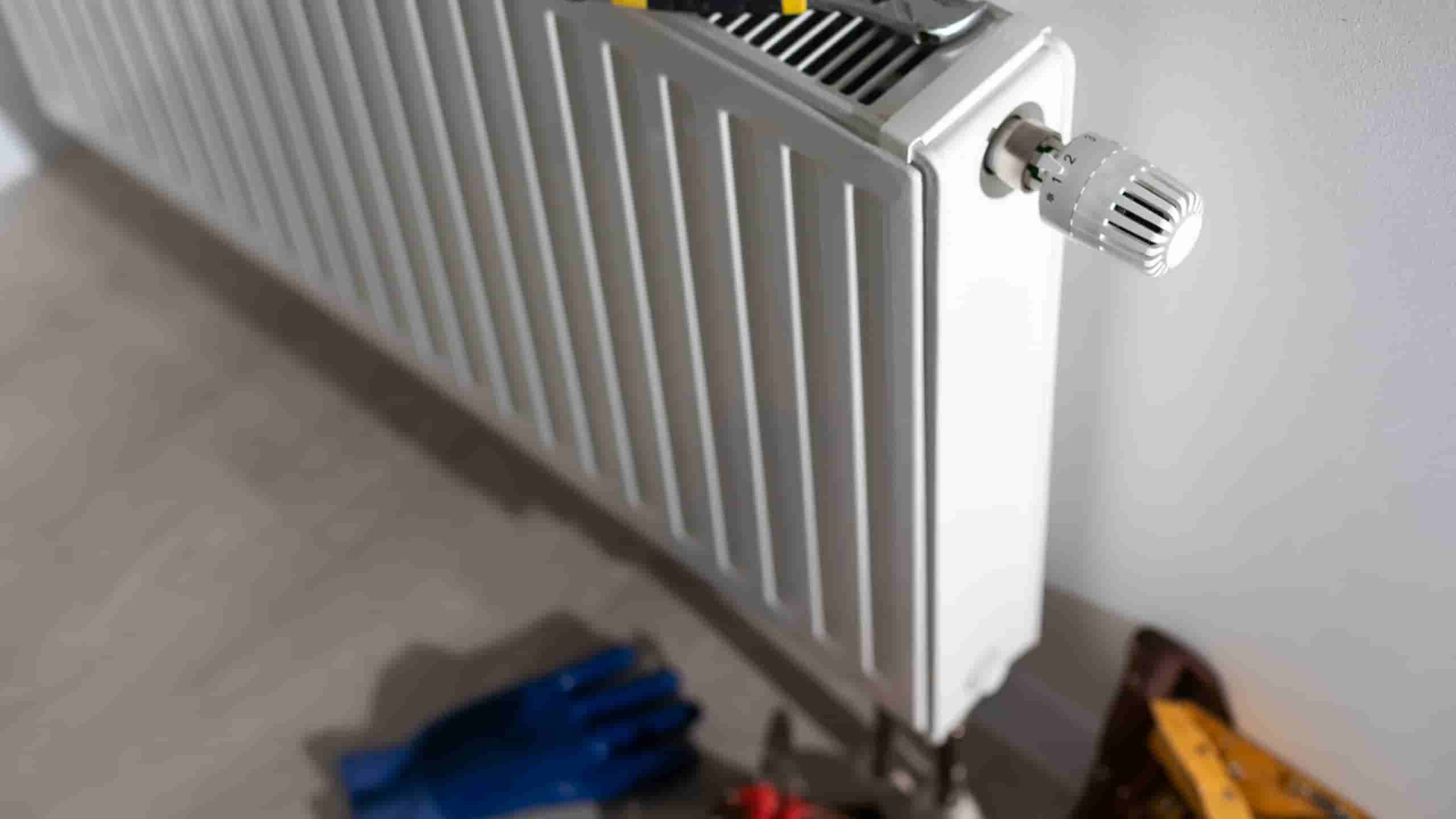

However, like any other system, gas fittings can sometimes face issues that may disrupt their functionality. In such cases, it is crucial to troubleshoot these common problems promptly to ensure the safety and smooth operation of the gas system. One of the most common gas fitting issues is a leak. A gas leak can be extremely dangerous, as it poses a significant risk of fire or explosion.
Turn off the main gas supply immediately and ventilate the area by opening windows and doors. Avoid using any electrical devices or creating sparks in the vicinity, as they could ignite the leaked gas. To locate a gas leak, you can use soapy water or a commercial leak detection solution.
Once you have identified the source of the leak, tighten loose connections or replace damaged fittings. It is recommended to seek professional help if you are unsure about handling gas leaks yourself. Another common issue with gas fittings is low pressure or insufficient flow of gas to appliances.
This could be due to blockages in pipes, faulty regulators, or inadequate supply from the main line. To troubleshoot this problem, check for any obstructions in the pipes and clear them if necessary. Inspect regulators for damage or wear and tear – replace them if needed. If you are experiencing inconsistent flames on your stove or heater, it could indicate a problem with your burner jets or nozzles.
Regular maintenance and inspection of your gas fittings can help prevent common issues from occurring in the first place. Ensure that all fittings are properly installed by qualified professionals and comply with safety standards. In conclusion, troubleshooting common gas fitting issues requires caution and diligence to ensure safety and efficiency in your gas system.
Remember that when in doubt, always seek assistance from trained professionals to handle complex issues effectively. How to ensure your gas fittings are up to codeEnsuring that your gas fittings are up to code is crucial for the safety and well-being of everyone in your home or building. Gas leaks can be extremely dangerous, potentially leading to fires, explosions, or even carbon monoxide poisoning.
One of the first steps in ensuring that your gas fittings are up to code is to hire a qualified professional to handle the installation and maintenance of your gas appliances and fixtures. This may include a licensed plumber or HVAC technician who is knowledgeable about gas systems and has experience working with them. These professionals will know the specific requirements for gas fittings in your area and will be able to ensure that everything is done correctly.
When having new gas fittings installed, it's important to check that they meet all relevant building codes and standards. This includes making sure that the materials used are approved for use with natural gas or propane, that all connections are secure and leak-proof, and that any necessary permits have been obtained before work begins. Regular maintenance is also key when it comes to keeping your gas fittings up to code. This may involve inspecting them regularly for signs of wear or damage, checking for leaks or other issues, and performing any necessary repairs as soon as possible. It's also a good idea to have your gas appliances serviced annually by a professional to ensure they are running safely and efficiently. In addition to hiring qualified professionals and staying on top of maintenance tasks, there are some other steps you can take to ensure your gas fittings are up to code.
By following these guidelines and taking proactive measures to keep your gas fittings in compliance with local codes, you can help protect yourself and others from the dangers associated with faulty gas installations. Remember: when it comes to gas safety, it's always better to be safe than sorry. How to safely work with natural gas linesNatural gas is a versatile and cost-effective source of energy that many of us rely on for heating our homes, cooking our food, and even fueling our vehicles. However, working with natural gas lines can be dangerous if not done properly. It is important to take the necessary precautions to ensure your safety and the safety of those around you.
Make sure to shut off the gas supply at the main valve before making any repairs or modifications. This will prevent any accidental leaks or releases of natural gas into the surrounding area. Before starting any work on natural gas lines, always wear appropriate personal protective equipment such as gloves, safety glasses, and a mask to protect yourself from potential hazards. Additionally, make sure to have a fire extinguisher nearby in case of emergencies. When using tools or equipment near natural gas lines, be cautious and avoid causing any damage that could lead to a leak.
If you detect a strong smell of natural gas or suspect a leak while working on gas lines, evacuate the area immediately and contact your local utility company or emergency services for assistance. Do not attempt to fix the issue yourself as this could pose serious risks to your safety. In conclusion, working with natural gas lines requires caution and attention to detail. By following these guidelines and taking proper safety measures, you can safely work with natural gas lines without putting yourself or others at risk. Remember that safety should always be your top priority when dealing with potentially hazardous materials like natural gas.

How to protect yourself from gas leaks in the homeGas leaks in the home can be a serious safety concern that requires immediate attention. Whether it's natural gas or propane, leaking gas can pose a risk of fire, explosion, and even carbon monoxide poisoning. It's important to take proactive steps to protect yourself and your loved ones from the dangers of gas leaks. The first step in protecting yourself from gas leaks is to be aware of the signs of a potential leak.
If you suspect a gas leak, it's crucial to evacuate the area immediately and call your local gas company for assistance. To prevent gas leaks from occurring in the first place, regular maintenance of your gas appliances is key. Make sure to have your furnace, water heater, stove, and other appliances inspected by a professional at least once a year.
Never attempt to repair or modify your own gas lines – always leave that job to trained professionals. Investing in carbon monoxide detectors is another important step in protecting yourself from potential gas leaks. Carbon monoxide is an odorless, colorless gas that can be produced by faulty heating systems or appliances – and it can be deadly if undetected.
Place carbon monoxide detectors on every level of your home, especially near bedrooms where people sleep. In addition to these preventative measures, it's essential to educate yourself and your family about what to do in case of a gas leak emergency. Make sure everyone knows how to shut off the main gas valve in case of a leak, as well as how to safely evacuate the house if necessary. By staying vigilant and taking these precautions seriously, you can protect yourself from the dangers of gas leaks in the home. Remember: when it comes to safety, it's always better to be safe than sorry. How to choose the right tools for gas fitting projectsWhen it comes to completing gas fitting projects, selecting the right tools is crucial for ensuring safety, efficiency, and accuracy.
However, by considering the specific requirements of your project and understanding the functions of different tools, you can make informed decisions that will help you achieve successful outcomes. One of the most important factors to consider when choosing tools for gas fitting projects is safety. Working with gas can be dangerous if proper precautions are not taken, so it is essential to select tools that are designed for use in this type of environment. Look for tools that are specifically labeled as suitable for gas fitting work and meet industry standards for safety. In addition to safety considerations, you should also think about the types of tasks you will be performing during your project.
By understanding what each tool is used for, you can ensure that you have everything you need to complete your project successfully. Another important factor to consider when choosing tools for gas fitting projects is quality. Investing in high-quality tools may cost more upfront but can save you time and frustration in the long run. Cheaply made tools are more likely to break or malfunction, leading to delays and potentially unsafe working conditions. Look for reputable brands known for their durability and reliability.
Gas fitting projects often require working in tight spaces or at awkward angles, so having lightweight and compact tools can make your job easier. Additionally, ergonomic design features such as cushioned handles or adjustable grips can help reduce strain on your hands and wrists during extended periods of use. Finally, don't forget about accessories and consumables when selecting tools for gas fitting projects. Items such as replacement blades, lubricants, or cleaning solutions may be necessary to keep your tools in good working condition and ensure accurate results. In conclusion, choosing the right tools for gas fitting projects requires careful consideration of safety requirements, task-specific needs, quality standards, ergonomics and accessories.

By taking the time to research and select appropriate tools for your project's requirements ,you can set yourself up for success while protecting yourself from potential risks associated with working with natural gases . How to start your own gas fitting businessStarting your own gas fitting business can be a rewarding and lucrative venture for those with the right skills, experience, and drive. If you are considering taking the leap into entrepreneurship in this field, there are a few key steps to keep in mind as you embark on this exciting journey. First and foremost, it is important to ensure that you have the necessary qualifications and certifications to work as a gas fitter in your area. This may require completing a formal training program or apprenticeship, as well as obtaining any licenses or permits required by local authorities. It is crucial to comply with all relevant regulations and safety standards to protect both yourself and your customers.
Consider creating a business plan that outlines your goals, target market, pricing strategy, marketing plan, and financial projections. This will serve as a roadmap for your business and help you stay focused on achieving your objectives. Next, you will need to invest in the necessary tools and equipment to perform gas fitting services effectively. This may include pipe wrenches, tubing cutters, pressure gauges, leak detection devices, and other specialized tools of the trade. It is essential to prioritize quality when selecting equipment to ensure that you can deliver high-quality service to your customers.
Marketing will also play a crucial role in growing your gas fitting business. Consider creating a professional website that showcases your services and highlights your expertise in the field. You may also want to explore advertising options such as online ads, social media campaigns, or direct mailings to reach potential customers in your area. Networking can also be invaluable for establishing credibility and generating referrals for your business. Consider joining industry associations or attending trade shows to connect with other professionals in the field. Building relationships with suppliers, contractors, and real estate agents can also help you secure new clients and projects.
Providing exceptional service and maintaining open communication with clients will help build trust and loyalty among your customer base. In conclusion, starting your own gas fitting business requires careful planning, hard work, and dedication. By following these steps and staying focused on delivering quality service, you can build a successful business that meets the needs of customers in need of reliable gas fitting services. How to stay updated on the latest regulations for gas fittersStaying updated on the latest regulations for gas fitters is crucial to ensuring that work is done safely and efficiently. Gas fitting involves working with potentially dangerous materials, so it's important to stay informed about any changes or updates in regulations that could impact your work.

Gas Fitters offer a range of services including installation of gas lines, repair of gas appliances, gas leak detection, and maintenance of gas systems to ensure optimal performance and safety.
If you smell gas, leave the area immediately, avoid using any electrical appliances or switches, and call your gas supplier's emergency line and a licensed Gas Fitter for assistance.
Yes, Gas Fitters can assist with converting appliances to run on different types of gas, ensuring they are properly connected and calibrated for safe and efficient operation.